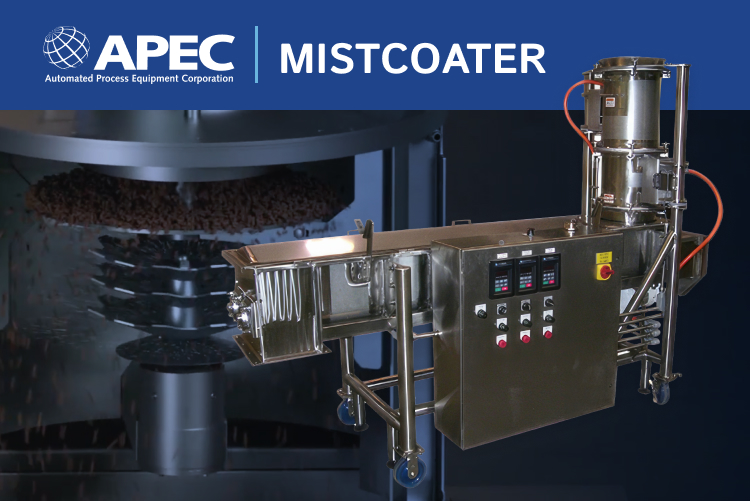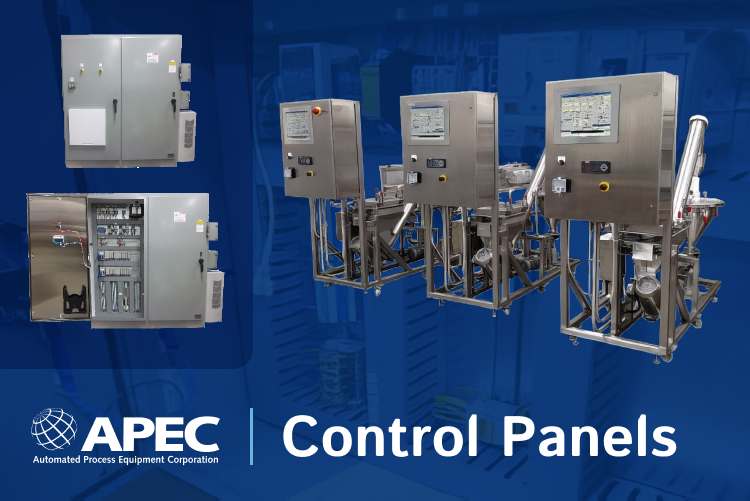Pneumatic conveying lines are highly effective for transporting a number of different materials, across a wide range of industries. Working with many different materials, different environments and different applications, pneumatic conveyor systems also encounter many different problems. Let’s see how to troubleshoot common pneumatic conveyor problems and possible solutions that can bring the system back online.
Troubleshooting Pneumatic Conveying Lines: Problems and Solutions
Pipeline Blockage
A pipeline blockage is one of the most common and troublesome problems that can affect pneumatic conveying lines. This problem can arise in many different ways, so troubleshooting it takes time and patience. If pipeline blockages frequently occur, it’s helpful to note common elements. Does the blockage frequently happen close to start-up? Is the surrounding facility especially humid, warm, or cold? Was the system’s performance slowing prior to stopping, or was it sudden? Knowing these variables can help to pin down the cause of the blockage and solve it.
First, check the air mover, including air pressure and inlet air velocity, relief valves, air supply lines and filter. If the air velocity is too low for the material, it won’t move properly through the pipeline, and can form clogs. If the system is showing wear and tear or if it is not set properly, it won’t be able to move the material at the right rate.
Check the feed pipeline. If there is too much material feeding into the system, this can also create a blockage. The air mover is designed to handle a particular feed rate, and over feeding will reduce movement and eventually cause a blockage. Check the feeder controls and ensure that they are accurate. Track the material flow rate against the conveying line pressure to see if the material flow is consistently inaccurate, or if surges are occurring.
Erosive Wear
Hard, gritty particles can quickly eat away pneumatic conveying line components, especially feeders and pipelines at bends. Erosion occurs through impacts, especially at high velocities, while abrasion occurs through friction when particles slide across surfaces. This creates challenges for both dilute and dense phase conveying.
Rotor tips in rotary valves are particularly susceptible to erosive wear, which can quickly cause air leakages. As air leaks, less air reaches the conveying line, which can cause a blockage. If the filtration system is not regularly cleaned and maintained, particles will enter the air mover and cause it to wear out prematurely.
Particle Degradation
Pneumatic conveying creates a number of forces that can break down particles more than necessary or desired. Impacts and friction against the pipeline and other particles can quickly degrade the materials, especially when the materials are fragile or friable. This not only degrades the quality of the material, but can also create fine powders that the pneumatic system is not designed to work with.
Since the particle velocity is higher in dilute phase conveying, where the materials are suspended in the air and not moving across the pipeline’s surface, moving to dense phase conveying can solve some particle degradation problems. If dilute phase conveying is the only viable option, reducing the number of angle of bends in the pipeline will reduce impacts, and can reduce particle degradation.
Condensation
Many materials in pneumatic conveying lines will clump together or stick to the pipeline if they absorb moisture. Condensation is a common culprit. In some cases, temperatures increase significantly during the day while the plant operates, and drop at night. These temperature shifts will cause condensation to form, which the material will absorb, causing it to clump or stick.
Trace heating or insulating parts of the pipeline can help to prevent this problem. Or, since this problem usually occurs during startup, blowing air through the pipeline for a short period before use can dry the pipeline out. If these solutions aren’t suitable, an air drying system may be required.
Dust and Hazards
Pneumatic conveying lines are totally enclosed, which can help to reduce problems with dust, which creates some of the biggest plant hazards across many different industries. Long-term, frequent exposure to any type of dust generally carries some negative health effects or risks, from lung problems to skin problems to fire and explosion hazards and much more. From seemingly harmless materials like flour—which can and has caused deadly explosions numerous times—to obviously harmful substances like blue asbestos, controlling fugitive dust in and around the pneumatic conveying system is essential.
Entry and exit points present particular hazards. Pneumatic conveyor systems often work with materials that are prone to create dust, which can accumulate around belts, bucket elevators, hoppers and other equipment at either end of the conveyor. Dust collection systems at these points are essential.
Besides containing dust, eliminating ignition sources is also vital. Electrical arcing between faulty lines is a common culprit for powder fires and explosions. Regular pneumatic conveyor maintenance, inspections and replacements when necessary can help to prevent this.
APEC Ensures Optimal Performance Through Proactive Maintenance
The right pneumatic conveyor line design can help to keep your plant running smoothly and safely. Contact an experienced equipment manufacturer like APEC to optimize this part of your system, and ensure it works seamlessly with the rest of your equipment.







